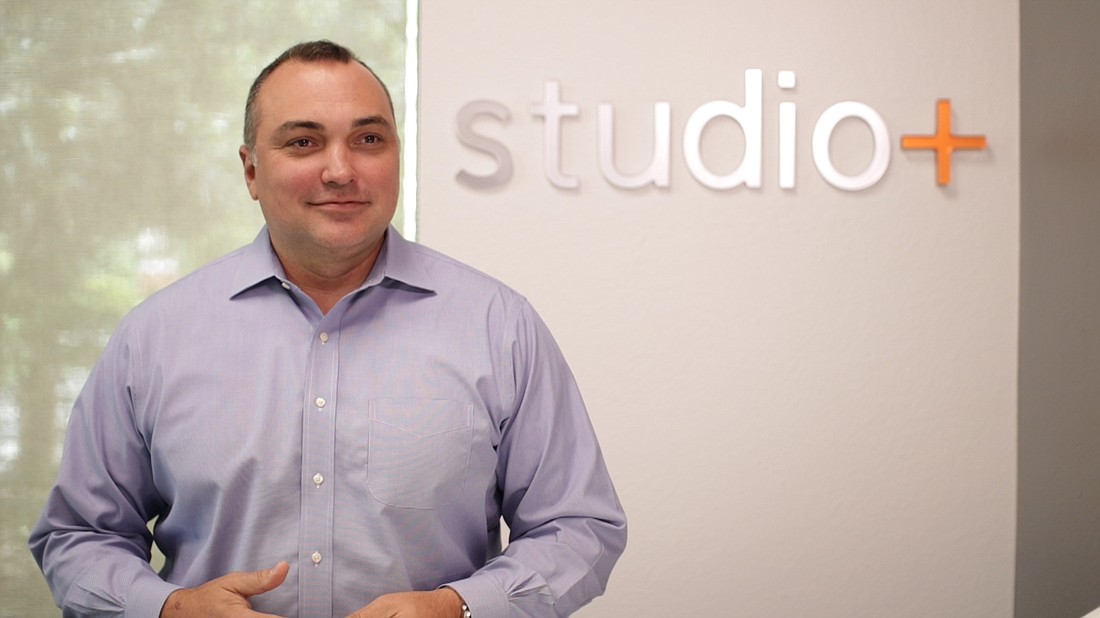- December 13, 2025
-
-
Loading

Loading

Damon Romanello isn’t a doctor or nurse on the front lines of the health care battle with COVID-19. But Romanello and the company he oversees, Fort Myers architecture firm Studio+, has an important role in something just as big related to health care: the design, flow and structure of multiple health care facilities on the west coast of Florida.
About 70% of the work handled by Studio+ is in health care, working on everything from hospital expansions to senior living facilities to freestanding clinics. That puts Romanello at the forefront of coronavirus-connected health care design trends. “We have a great ability to design for Covid,” Romanello tells Coffee Talk.